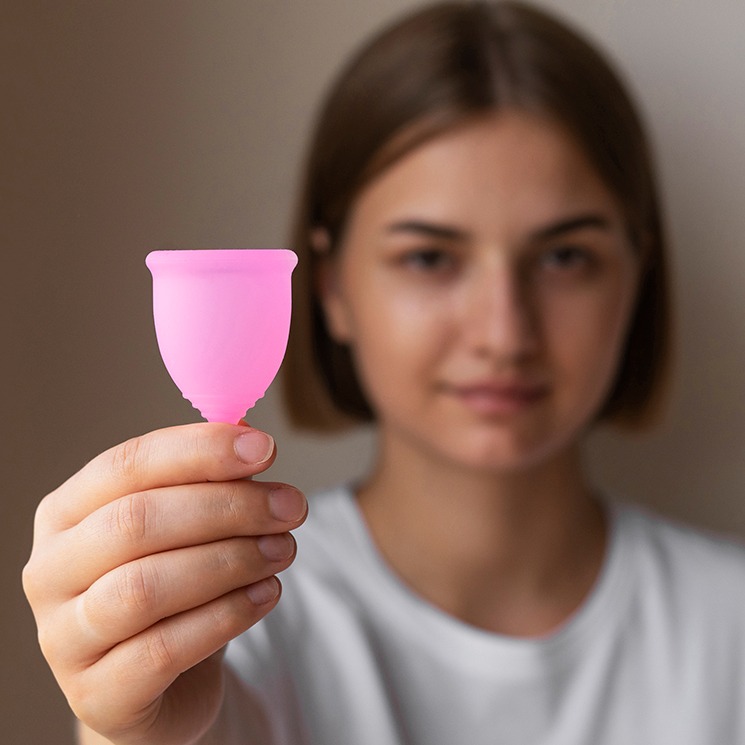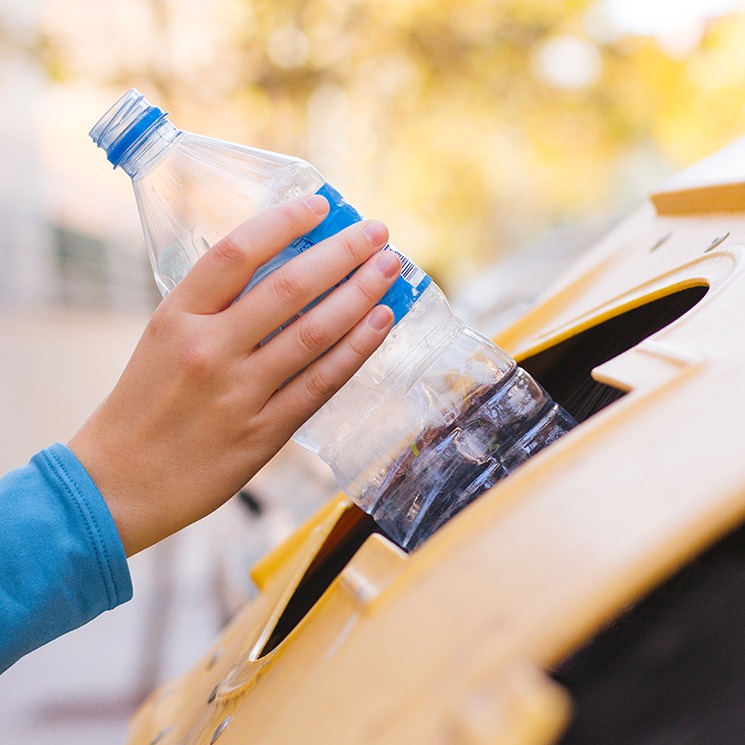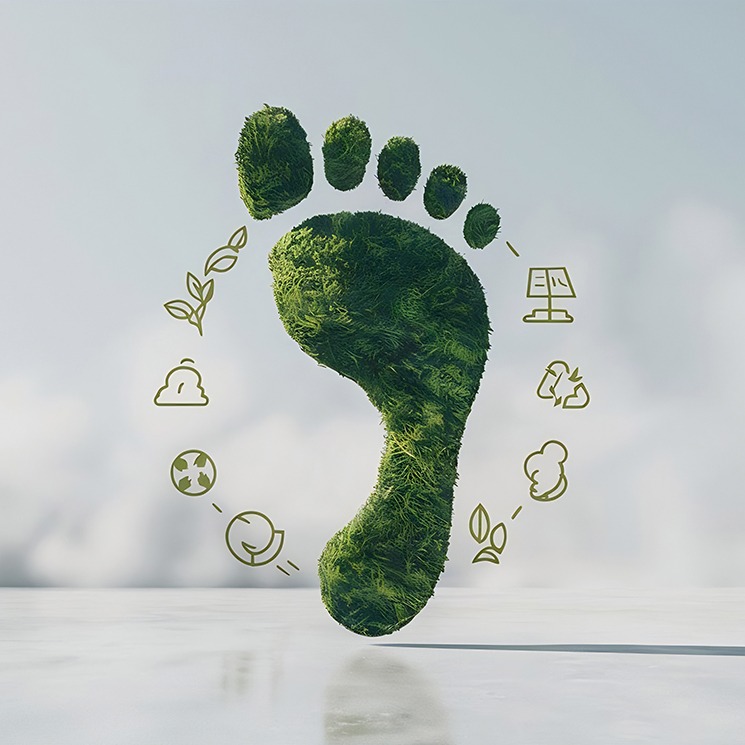When Olympic swimmer Freya Anderson spoke about competing during her period, she shed light on a reality faced by countless women: the anxiety of leaks, the discomfort of traditional products during sport, and the stigma of speaking openly about something so natural. Her openness mirrors a wider cultural shift the growing movement to normalise conversations about menstruation and to seek solutions that genuinely support women.
For too long, periods dictated how women lived. Plans were changed, training sessions adjusted, and even holidays postponed. While sanitary pads and tampons have long been the most common options, they often came with limitations:
- Frequent changes disrupting daily routines
- Discomfort during sports, swimming, or long journeys
- Environmental waste, with millions of disposables ending up in landfills each year
It is time for change.
The Menstrual Cup Revolution
One of the most significant advancements in menstrual care has been the menstrual cup. Small in size but transformative in impact, it is made from 100% medical-grade silicone and offers up to 12 hours of reliable protection.
Its benefits go far beyond convenience:
- Freedom for athletes – swim, run, or train without fear of leaks
- Freedom in daily life – no constant interruptions or product changes
- Freedom for the planet – one cup can last for years, reducing waste dramatically
Much like Freya Anderson’s call for open dialogue, the menstrual cup represents a cultural shift. It is more than a productt is about empowerment, sustainability, and normalising the conversation around periods.
Where Trust Begins: The Importance of Manufacturing
Behind every menstrual product is an unseen story: how it is made. Women place their trust in something deeply personal, and that trust begins with quality manufacturing.
The most successful menstrual products are:
- Safe – created with certified, medical-grade materials
- Reliable – engineered with precision to prevent leaks and discomfort
- Compliant – rigorously tested against international standards
- Sustainable – designed and packaged with eco-conscious practices
Manufacturing is not merely a technical process—it is the foundation of brand credibility.
Chemco’s Role in Shaping the Future
At Chemco Group, we are proud to be one of India’s leading menstrual cup manufacturers, supplying over 50% of the national market. Our role is often unseen, but our impact is clear: we help leading brands deliver safe, sustainable, and trusted menstrual care products.
Our expertise includes:
- Certified facilities – ISO 13485 certified and FDA-registered
- Material expertise – advanced moulding of 100% medical-grade silicone
- Custom solutions – from product design to packaging innovation
- Trusted partnerships – manufacturing for renowned brands such as Sirona, Pee Safe, and Cupid
- Eco-friendly packaging – including biodegradable pouches and recyclable cylindrical boxes
Every menstrual cup that leaves our facilities carries a promise: innovation, safety, and sustainability.
Looking Ahead: A Future Without Limits
The future of menstrual care will be shaped by three drivers:
Innovation in design and materials – to improve comfort and accessibility
Sustainability at scale – minimising environmental impact through reusable products
Global trust – ensuring compliance with the highest medical and hygiene standards
At Chemco, we are committed to advancing all three. By doing so, we support brands in empowering women worldwide whether in the pool, the boardroom, or everyday life.
Final Word
Periods should never define a woman’s choices or limit her potential. With the right innovation and responsible manufacturing, menstrual products can provide the confidence, safety, and freedom every woman deserves.
At Chemco Group, we are proud to be part of this journey partnering with brands to build the next generation of menstrual care.
Because when women are free from compromise, the future truly is limitless.


